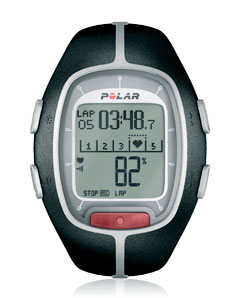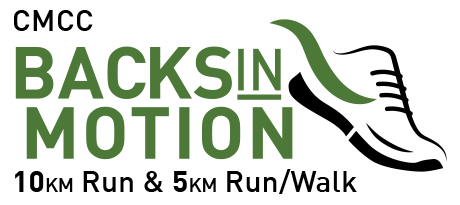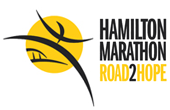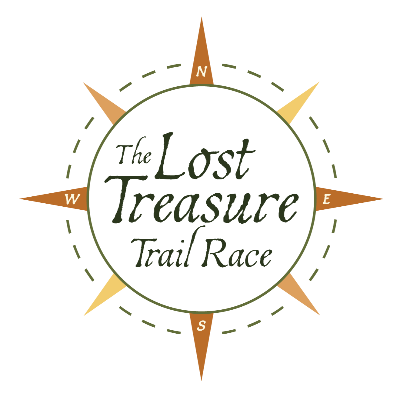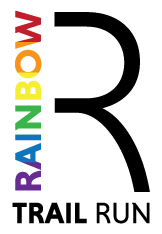For some of us, progress is the reason why we train.
We want to know how fast and how far… which inevitably leads to “…how much faster, and how much further than before?”
Today’s runner or cyclist can equip him or her self with a variety of electronics to aid in gauging performance. You probably know what I’m talking about… Stroll past the 40-44 age category rack in transition at a local race, and don’t be surprised if you meet someone with a powertap, speed/cadence sensor, heart rate monitor, and a GPS unit.
Perhaps feeling unchallenged by the idea of simply swimming, cycling and running a certain distance, he or she has added a new task to the bunch by attempting to monitor upwards of 5 electronic devices at once!! If this is you… kudos!! I have no idea how you do it… but it’s certainly impressive.
I just came in from my taper run for the Toronto International Marathon 16 days from now. True to my usual form, I had no company. It was just me, and my Polar RS 200. It’s a pretty simple unit with the option of adding a footpod for an extra 80 bucks or so when you make the purchase. I don’t own the pod myself but know a few others who seem to enjoy it.
For me… the RS 200 gives me all the numbers I need. I love it.
I know the argument you might be about to make… “…only using HRM to gauge performance and fitness can be a major drawback.” Perhaps… but when your routes are measured and planned ahead of time, having a device on hand to tell you how fast or how far you’ve gone on a day where you just aren’t feeling it can be a drawback too. Does your wrist unit dictate your workouts? Or do you?
Today I measured and plotted a distance of 13.5 km out using google satellite maps for an out and back total of 27km. According to my trusty polar, I split negative, out in 1:02:30 and back in 1:00:25 for 2:02:55 and an average pace of 4:31/km. It also told me that my average HR was 160 and the calorie burn estimate based on my BMI is 1955.
For me, these numbers are enough to give me a good idea of where I stand right now, and how I’ll fare on race day.
The unit will allow you to customize HR zones based on your own fitness levels. It also uses your BMI and v02 max to provide a more accurate estimate of your calorie burn totals and threshold. The fitness test function will help you get sorted. Another great thing about polar is the support available in Canada if someting should happen to your watch.
The RS200 is definitely one of the more affordable polar units available, especially if you choose to opt out of the foot pod option. I’ve always enjoyed mapping out my route
beforehand anyway, and really, foot pods are only as good as the consistency of your gait…
If you’re in the market for a new HRM, I’d definitely recommend checking out the RS200.
Happy training.




